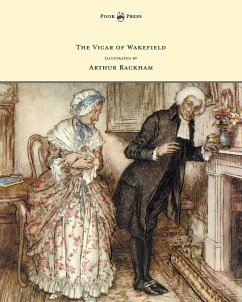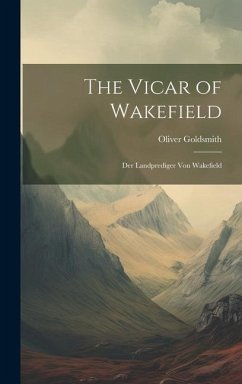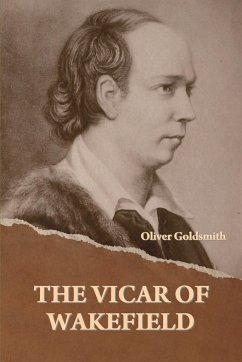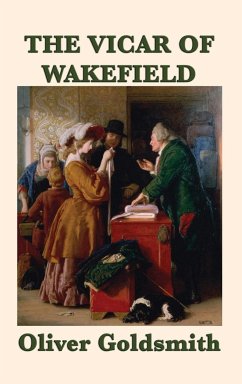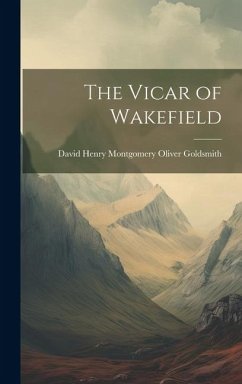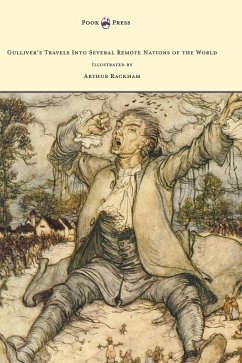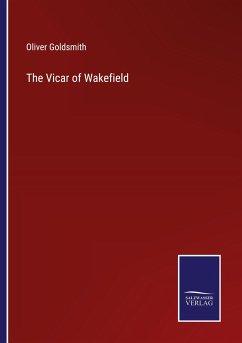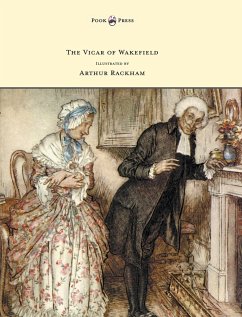
The Vicar of Wakefield - Illustrated by Arthur Rackham
Versandkostenfrei!
Versandfertig in 1-2 Wochen
69,99 €
inkl. MwSt.
Weitere Ausgaben:

PAYBACK Punkte
35 °P sammeln!
The Vicar of Wakefield, subtitled, 'A Tale Supposed to be written by Himself' - is a novel by Irish writer Oliver Goldsmith (1728 - 1774). It was one of the most popular and widely read eighteenth century novels, displaying the author's belief in the innate goodness of human beings. 'The Vicar of Wakefield' can also be read however, as a satire on the sentimental novel and its values, as the vicar's values are apparently not compatible with the real 'sinful' world. Whichever interpretation the reader takes, it is a story to be appreciated by both young and old alike - loved and cited by writer...
The Vicar of Wakefield, subtitled, 'A Tale Supposed to be written by Himself' - is a novel by Irish writer Oliver Goldsmith (1728 - 1774). It was one of the most popular and widely read eighteenth century novels, displaying the author's belief in the innate goodness of human beings. 'The Vicar of Wakefield' can also be read however, as a satire on the sentimental novel and its values, as the vicar's values are apparently not compatible with the real 'sinful' world. Whichever interpretation the reader takes, it is a story to be appreciated by both young and old alike - loved and cited by writers as talented and diverse as Charles Dickens, Mary Shelley, Charlotte Brontë and Goethe. The book further contains a series of dazzling colour and black-and-white illustrations - by a master of the craft; Arthur Rackham (1867 - 1939). One of the most celebrated painters of the British Golden Age of Illustration (which encompassed the years from 1850 until the start of the First World War), Rackham's artistry is quite simply, unparalleled. Throughout his career, he developed a unique style, combining haunting humour with dream-like romance. Presented alongside the text, his illustrations further refine and elucidate Oliver Goldsmith's enthralling storytelling.




